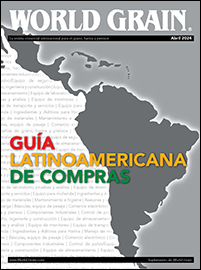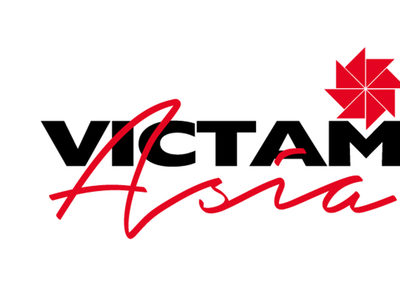TOKYO, JAPAN — Japan’s commodity demand for compound feed rations shifts to rice, wheat and barley as corn prices rise, according to a Global Agricultural Information Network (GAIN) report from the US Department of Agriculture (USDA).
The USDA lowered Japan’s corn imports for the 2021-22 marketing year to 15.75 million tonnes due to suppressed feed use and weak food, seeds and industrial (FSI) demand. The country’s corn production is still negligible but has increased steadily over recent years to a forecasted total of 3,617 tonnes for the 2021-22 marketing year.
Feed millers process most of Japan’s imported sorghum into feed rations. The country’s 2021-22 marketing year decreased to 320,000 tonnes on lowered sorghum demand for feed.
The USDA estimates a small increase in the 2021-22 marketing year harvested area to 64,000 hectares driven by demand for glutinous barley, but a small drop in production to 195,000 tonnes.
Based on a balanced reversal in food and feed demand in the 2020-21 marketing year, the USDA expects Japan’s barley imports to remain unchanged at 1.25 million tonnes.
Japan’s 2021-22 marketing year wheat production is expected to be 920,000 tonnes, yet domestic production meets only 15% of Japanese wheat and wheat product demand. Wheat imports for the 2021-22 marketing year are forecast to decrease 2.3% to 5.55 million tonnes based on increased domestic production in the previous marketing year.
Assuming a return on average yields, Japan’s 2021-22 marketing year rice production is anticipated to increase slightly to 7.58 million tonnes. The USDA estimates 2020-21 marketing year total rice consumption to remain consistent with last year at 8.25 million tonnes, with an increase in feed consumption expected to offset continued declines in table rice consumption.






